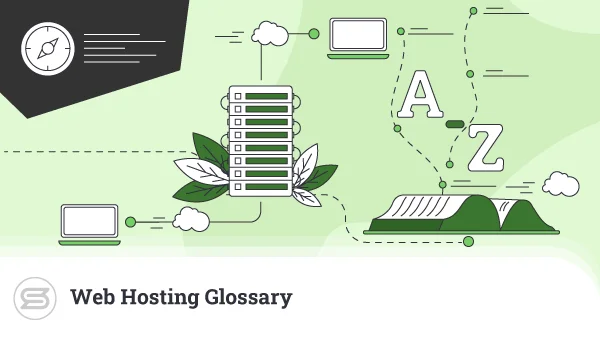
Web Hosting Glossary: Common Terms for Beginners
At the heart of any website’s functionality lies web hosting, a service that allows your site to be accessible via …

At the heart of any website’s functionality lies web hosting, a service that allows your site to be accessible via …

Learning management systems (LMS) have far exceeded the realm of schools, universities, and educational organizations. A wide variety of business …

Web hosting is a service that ensures our websites are always online and functioning. However, it is much more than …
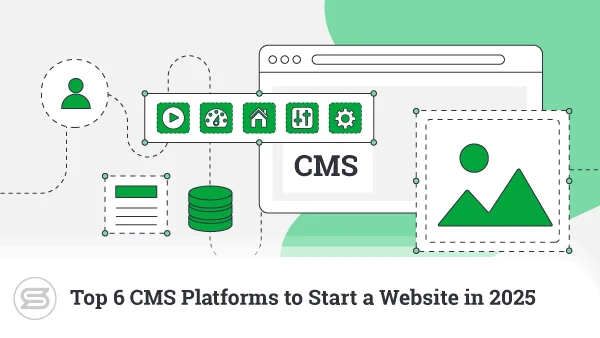
A CMS (Content Management System) platform is software that allows you to create, manage, and modify digital content on a …

Everybody loves free stuff. It’s no different when it comes to web hosting services. But what if we tell you …

Backups are detrimental to every website. They keep the site data intact and ready in case of accidental deletion or …
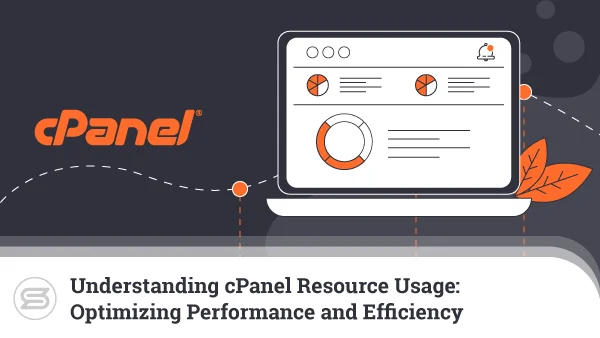
In the realm of web hosting, cPanel is a household name. It’s famous for its user-friendly interface and diverse tools …
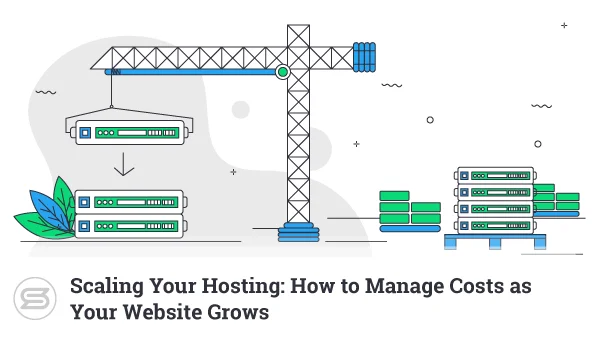
We’re all making websites in hopes of seeing them grow, right? It is the end goal. However, as your website …
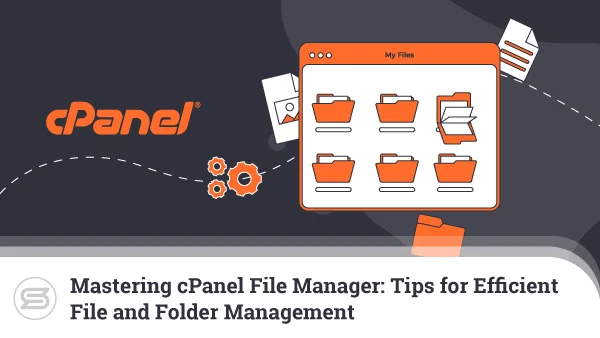
cPanel’s file manager is a useful web-based tool that provides a user-friendly interface for seamlessly managing files and directories associated …
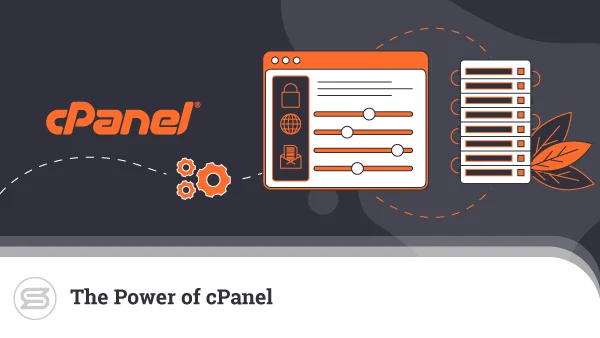
cPanel was first released in 1996 – nearly three decades ago. A lot has happened since then. The website-building business …
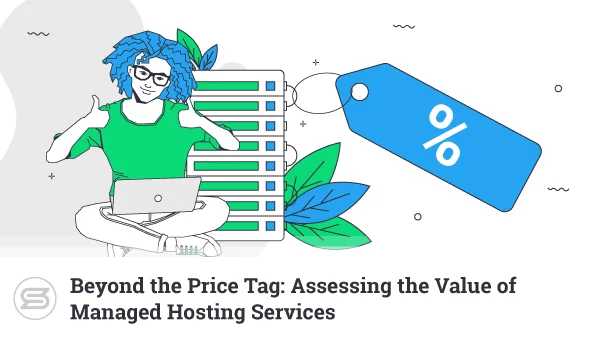
Managed or self-managed service – that is the question. Or at least it is in the hosting world. At first …

cPanel auto-installers can help you simplify and expedite website setup and web app deployment, as they allow you to download …